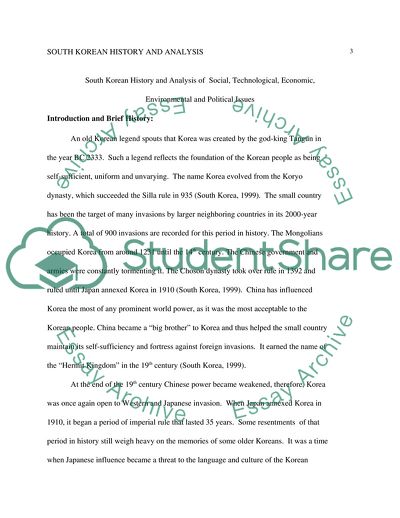Cite this document
(South Korean History and Its Social, Technological, Economic, Term Paper, n.d.)
South Korean History and Its Social, Technological, Economic, Term Paper. https://studentshare.org/geography/1759245-steep-analysis-of-south-korea
South Korean History and Its Social, Technological, Economic, Term Paper. https://studentshare.org/geography/1759245-steep-analysis-of-south-korea
(South Korean History and Its Social, Technological, Economic, Term Paper)
South Korean History and Its Social, Technological, Economic, Term Paper. https://studentshare.org/geography/1759245-steep-analysis-of-south-korea.
South Korean History and Its Social, Technological, Economic, Term Paper. https://studentshare.org/geography/1759245-steep-analysis-of-south-korea.
“South Korean History and Its Social, Technological, Economic, Term Paper”. https://studentshare.org/geography/1759245-steep-analysis-of-south-korea.


